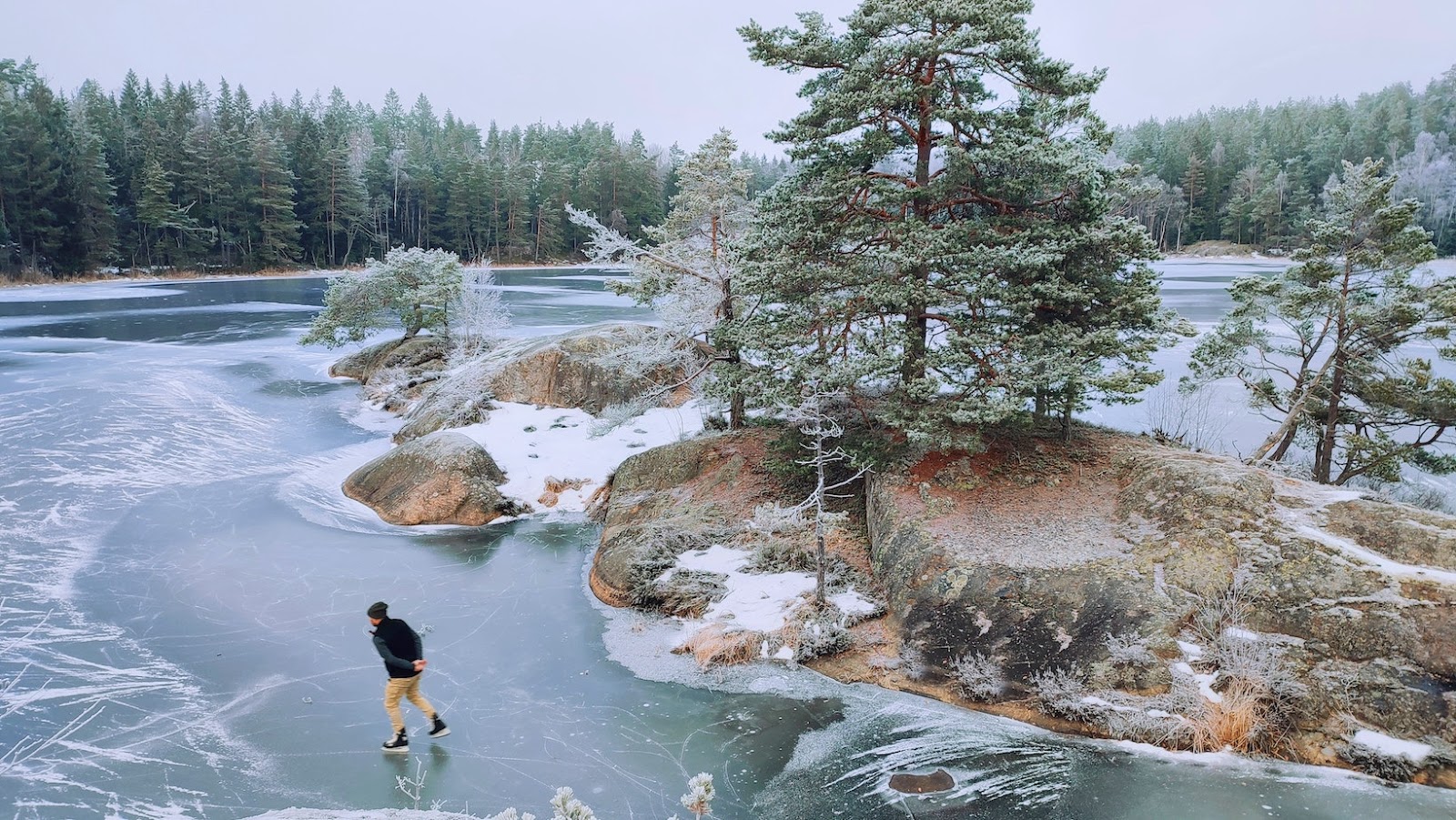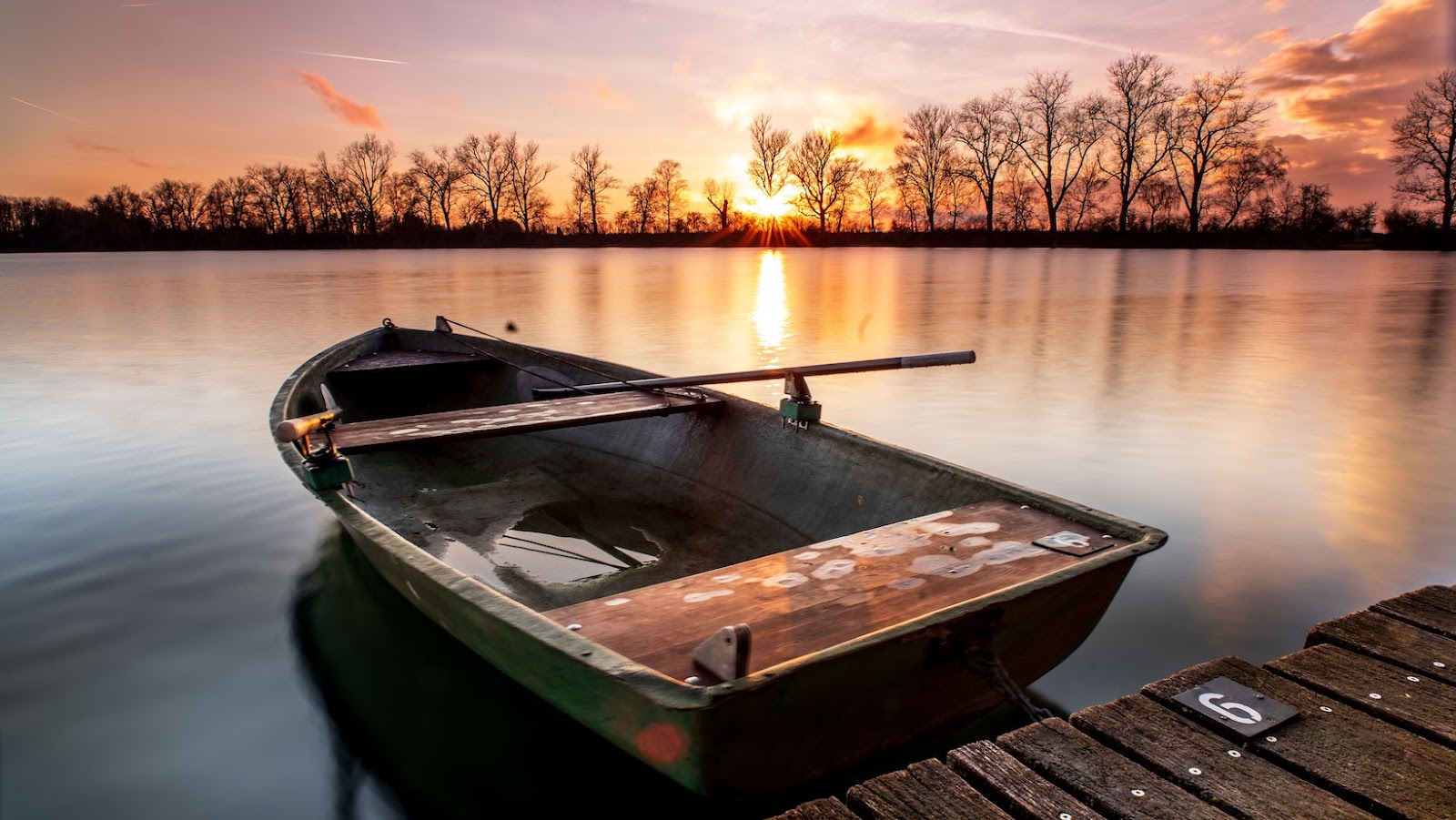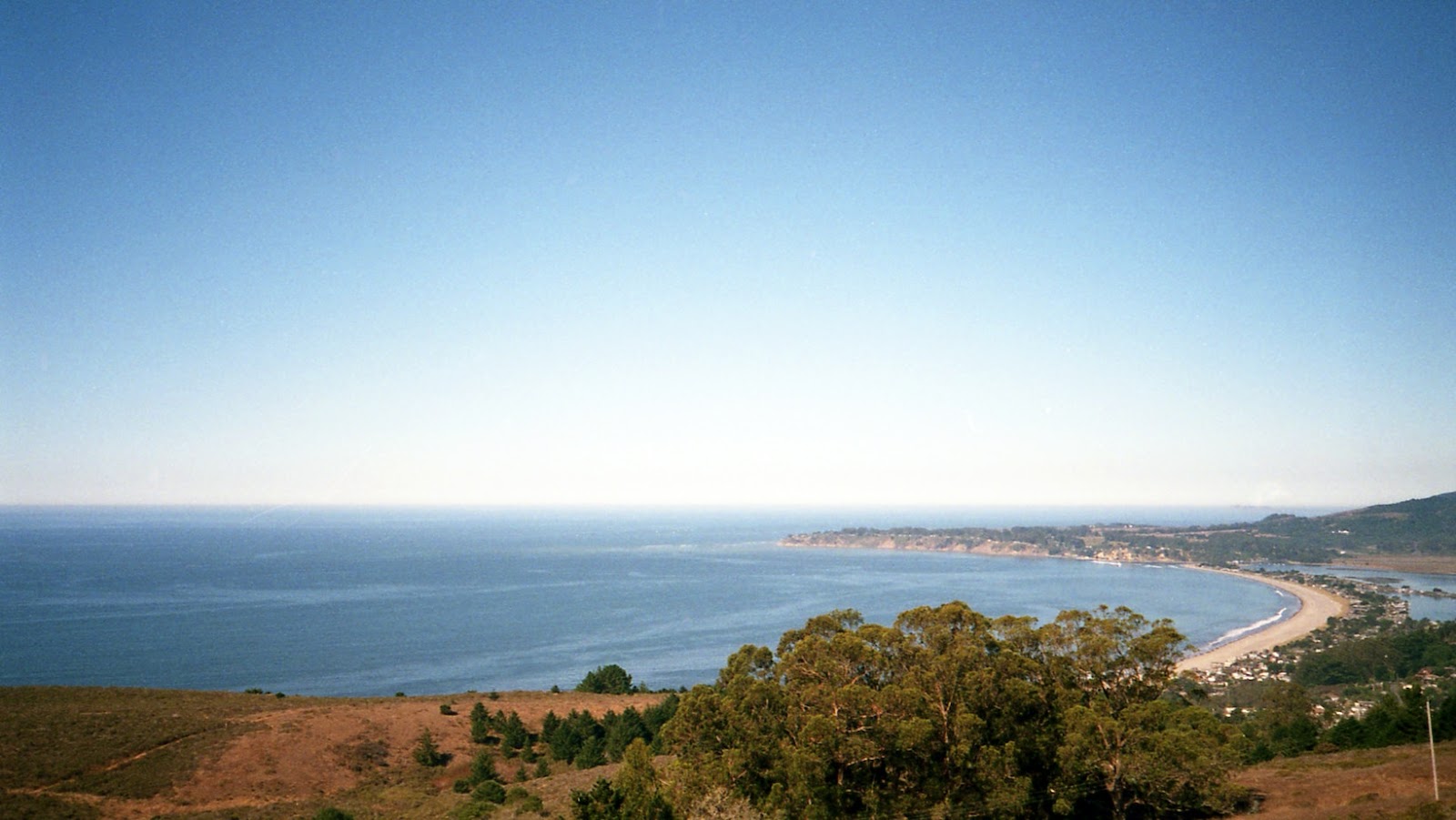Lake Tahoe is a large freshwater lake located in the Sierra Nevada Mountains, straddling two states: California and Nevada. Two-thirds of the lake is in California, covering around 193 sq mi, while Nevada covers approximately 72 sq mi.
This crystal-clear blue lake is surrounded by snow-capped mountains and scenic views that draw visitors year-round. Its underwater visibility can reach up to 70 feet – making it one of the clearest lakes in North America. Moreover, The Tahoe Rim Trail circles the lake for about 170 miles, giving hikers the chance to bask in nature’s beauty.
The region was inhabited by Native American tribes until the mid-19th century when white settlers began to arrive. This brought rapid development and many historically significant sites and magnificent estates along its shoreline. Celebrities and regular people alike flock to this spot for vacation.
Lake Tahoe’s history reveals how humans have impacted the environment. The booming tourism industry has caused harm to its ecology. Environmentalists have implemented regulations on real estate development, however, pollution remains a major issue. This means strict conservation measures are needed for preservation.
Discover the scandalous past of Lake Tahoe – it’s more than just a pretty body of water on the border of California and Nevada.
History of Lake Tahoe
To understand the rich history of Lake Tahoe, delve into the stories of Native American settlements in the area, the early explorers and settlers in the region, the establishment of resorts and tourism industry, and the environmental concerns and preservation efforts. These sub-sections offer a glimpse into the evolution of Lake Tahoe and how it has become the iconic destination it is today.
Native American Settlements in the Area
The Washoe tribe had a long presence at Lake Tahoe, stretching back centuries. They used this area for sustenance and spiritual purposes. Fishing, hunting, gathering, and trading were all part of their culture. The lake was also a sacred site to them and they held religious ceremonies there. The craft of basket weaving is still practiced by their descendants today.
In addition, they helped early emigrants traveling westward. With their knowledge of the land and weather patterns, they provided invaluable guidance and support.
Today, evidence of their influence can be seen in places such as museums and cultural centers around Lake Tahoe. These attractions serve to educate visitors about the Washoe people and their history. We recommend taking advantage of these opportunities to learn more.
Lake Tahoe may now be known as a scenic spot for frat parties and romantic getaways, but its past is much deeper than that. Exploring the cultural landmarks gives us insight into how the region’s complex history contributes to community growth and advancement.

Is Lake Tahoe in California or Nevada
Lake Tahoe’s cultural history is full of stories about its early explorers and settlers. Kit Carson and John Fremont explored the area in the 19th century. Miners and loggers followed, hoping to make a fortune. The Washoe Native American tribe, who lived in the region, helped shape Lake Tahoe’s history.
Conflicts broke out between settlers and natives. Treaties were signed to try and ease tensions and protect tribal lands. In spite of this, the Washoe people were forced out of their ancestral homeland after years of outsider encroachment.
Lake Tahoe was part of the California Gold Rush. Miners searched for gold, but found none. Instead, they switched to logging and tourism as sources of income.
National Geographic reported that Lake Tahoe has some of the purest water on Earth because of its isolation from pollution sources and unique geology.
Tourism flourished when people realized it was more enjoyable to relax at the lake than to battle grizzlies in the wilderness.
Establishment of Resorts And Tourism Industry
The economy of Lake Tahoe flourished with the birth of luxurious resorts and the advent of a thriving tourism industry. In the early 20th century, the area gained popularity as a vacation destination, with people from all over America flocking to it. Convenient transportation services added to its appeal. Top-tier lodges were built to cater to the influx of tourists.
Recreational activities such as skiing, boat rides, and hiking trails were introduced to further attract outdoor enthusiasts. Developers capitalized on this by constructing state-of-the-art facilities with unparalleled comfort and picturesque views.
In 1931, when Nevada legalized casinos, gambling was introduced at Lake Tahoe as well. Casinos provided entertainment with games, shows, and spas that drew in large crowds.
Today, Lake Tahoe is one of America’s top tourist destinations, with millions of visitors each year. It is renowned not only as an ideal spot for outdoor activities, but also as a romantic wedding destination, thanks to its stunning backdrop.
John and Ann’s love story was sealed in the spectacular scenery of Emerald Bay when he proposed to her with a diamond ring. They had met in a hospital, where Ann worked as a nurse while John was recovering from electrocution. Despite the odds, they found each other and fell in love.
Maybe we should start a petition to rename Lake Tahoe to “Lake Teflon” to pay tribute to the environmental preservation efforts that keep it clean and non-stick.
Environmental Concerns And Preservation Efforts
Maintaining Lake Tahoe’s natural beauty and delicate ecosystem is a key priority for both local authorities and residents. Many measures have been implemented to reduce water pollution due to urbanization and tourism.
Organizations such as the League to Save Lake Tahoe have come up with solutions to combat invasive species and protect the lake’s clarity. They have also worked to restore wetlands around the lake, creating a habitat for plant and animal life.
Unique regulations are in place to safeguard the lake. For example, building codes have been imposed near shorelines to limit development.
To understand the lake’s unique environment, numerous scientific research programs are conducted at Lake Tahoe. The data from these programs helps shape conservation efforts. One program is UC Davis’ Tahoe Environmental Research Center, which monitors changes in atmospheric conditions, watershed dynamics, and nutrient levels.
National Geographic reported that Lake Tahoe contains enough water to cover California uniformly at a depth of 14 inches.
Despite it being a popular tourist destination, Lake Tahoe still remains crystal clear…just like the hangover of its weekend visitors.

Current State of Lake Tahoe
To understand the current state of Lake Tahoe, explore its economy and tourism industry, recreation and outdoor activities, and environmental issues and conservation efforts.
Economy And Tourism Industry
The influx of tourists to Lake Tahoe has a big impact on the local economy. The tourism and hospitality industry brings in lots of money for local businesses and contributes greatly to the economy every year, becoming more important than any other industry. Visitors go to Lake Tahoe for activities like skiing, boating, gaming, hiking, and more. It’s become one of the top recreational spots in America.
Even with travel being disrupted in 2020 due to the pandemic, it looks like Lake Tahoe is going back to normal in 2021. Still, there are restrictions and limits put in place by the government.
But relying on tourism too much can be bad for economic growth. A sudden drop in tourist numbers or disposable income could be devastating for small businesses in the region. Plus, local authorities need to focus on maintaining Lake Tahoe’s natural resources through ecotourism.
To keep an even balance between tourism and long-term sustainability is key. A study found that 93% of people have seen Lake Tahoe’s environment damaged by too many tourists without proper guidelines. Yet, there are successful ecotourism models around the world that could be used as an example.
If you love skiing, fishing, or simply gazing at the water, Lake Tahoe has something for you.
Recreation And Outdoor Activities
Hiking: Discover stunning views of the Sierra Nevada Mountains with miles of trails!
Water Activities: Kayaking, paddleboarding, fishing, and swimming in the summertime.
Skiing and Snowboarding: Enjoy snow sports on world-class slopes during winter.
Biking: Cycle around the lake or head out for mountain bike rides through pine forests.
In addition, bird watching, horseback riding, camping, and rock climbing are more available options.
Be responsible and preserve nature; stick to marked trails only and avoid littering. Who needs clean water when you can have a murky green sludge-filled lake? Conservation efforts? Forget it!
Environmental Issues And Conservation Efforts
The state of flora and fauna in Lake Tahoe, along with its surrounding ecosystem, is increasingly worrying. Conservation efforts are underway to protect the lake from harm, such as tackling pollution and invasive species.
Recently, water clarity in Lake Tahoe has decreased. Pollutants entering the lake are the cause; sources include runoff from urban development and vehicle emissions. Furthermore, an influx of non-native fish and plants have also damaged the local ecosystem.
Efforts to combat pollution include stricter regulations on runoff and erosion control measures for new developments around the lake. The ‘Keep Tahoe Blue’ initiative is also addressing the removal of invasive species.
Despite these conservation efforts, there are still concerns about the long-term sustainability of Lake Tahoe’s ecosystem. Climate change may potentially worsen existing issues, by altering natural processes and introducing new stressors to the already fragile environment.
As an example, previous construction projects have led to harmful disturbance of wildlife habitat and vegetation destruction along popular beaches. This has reduced shoreline environments needed by native fauna. Therefore, active stewardship and more research is necessary, so ongoing environmental issues can be addressed proactively.





